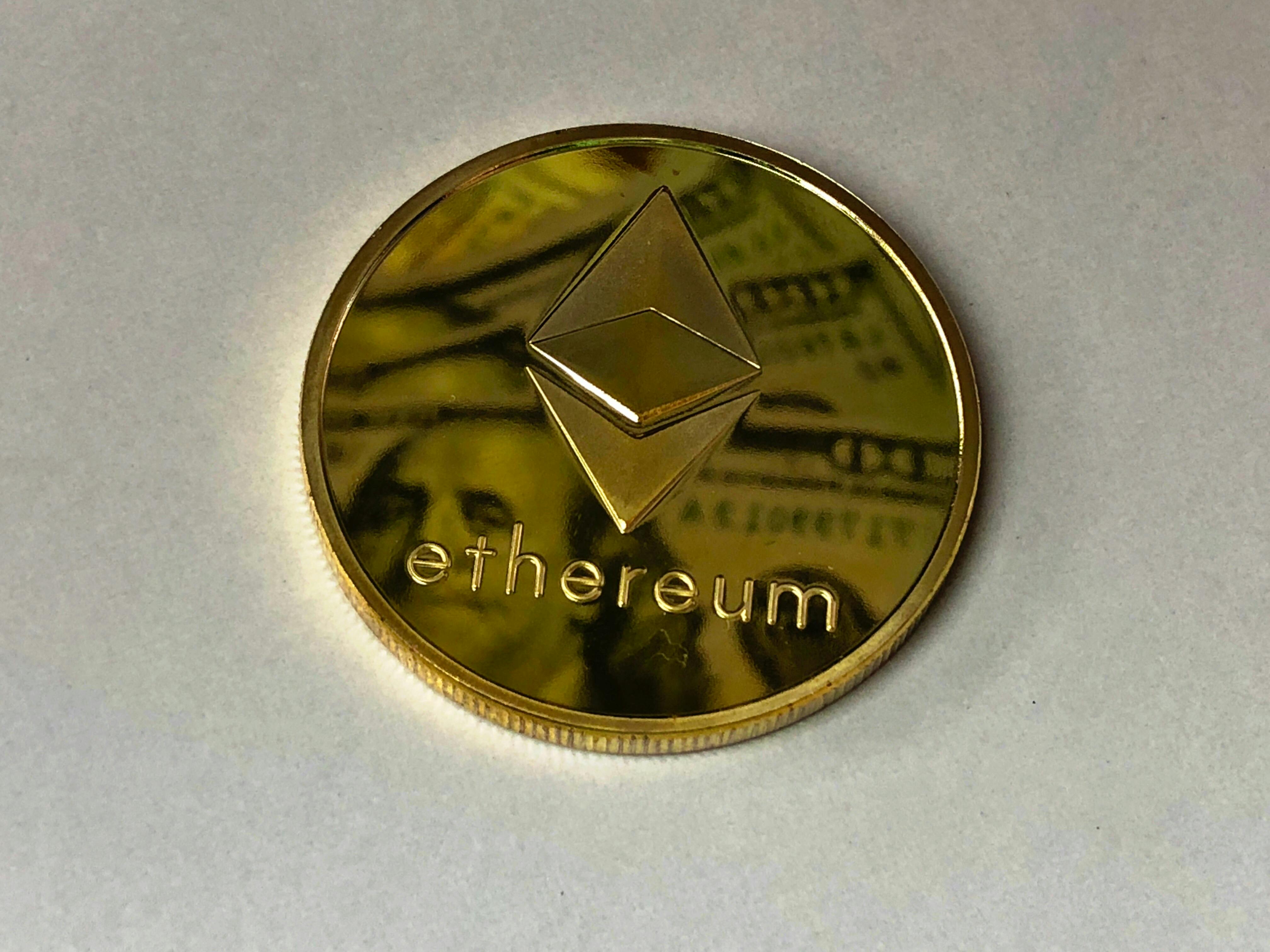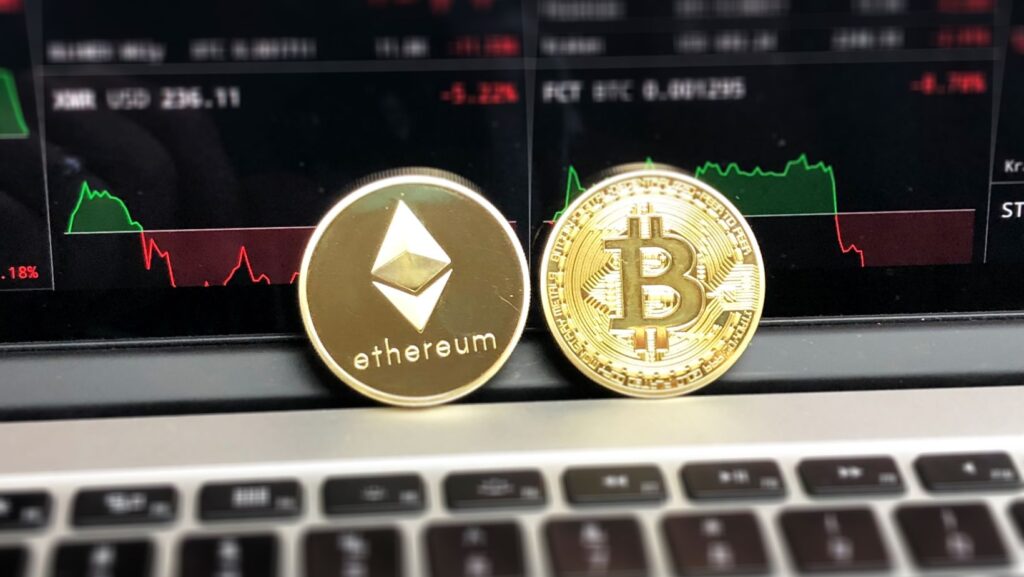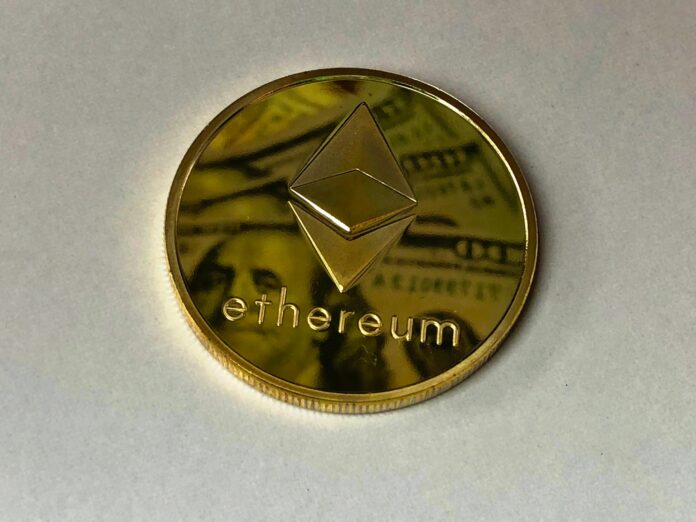
Ethereum doesn’t walk into the room quietly. It barges in and dares you to ignore it. For years it’s been both the workhorse and the wild card of the crypto world. To some it looks like the future of finance. To others it’s an overhyped science project wrapped in code. The truth, as always, lies somewhere between genius and gamble.
The Ethereum price has become its own form of theater. Every surge feels like a standing ovation, every crash a stage dive gone wrong. Investors don’t just watch the number tick up and down. They read it the way sailors read the wind. Is it carrying them toward new shores or dragging them back into the rocks? Those swings are reflections of belief, doubt, and the constant tug-of-war over what money can and should be.
Technological Innovation and Smart Contracts
Ethereum’s calling card is the smart contracts. Strip away the jargon and what you have is simple. A smart contract is code that keeps its promises without needing lawyers, bankers, or any middlemen. It is an agreement that enforces itself like clockwork. That might sound small, but it’s been the spark for decentralized finance, NFTs, and endless experiments in how humans can exchange value.
Think of it like VHS in the 1980s. Before then, if you wanted to watch a film you went to the cinema or caught it on TV. Suddenly, you could rent The Shining and scare yourself at home. A change in medium rewrote the whole experience. Ethereum has done something similar for money. It didn’t just give us a new way to pay. It changed what we could build on top of payment.
Market Performance and Volatility
Ethereum is not for the faint of heart. Its chart reads less like a steady climb and more like a seismograph. A lurch upward makes millionaires. A stumble wipes out weeks of paper gains.
The volatility is often painted as a flaw. But in truth it’s the beating heart of speculation. Without the risk, there wouldn’t be the upside. And without the crashes, there wouldn’t be the caution that keeps hype from eating itself alive.
Institutional Interest and Adoption
It isn’t just lone wolves and Reddit posters any more. Institutions have pulled up a chair. Hedge funds, pension funds, and corporate treasuries have begun stacking ETH. They see something worth holding, and they don’t part with billions lightly.

As Binance Research reports, “Ethereum ETFs are breaking records with over $12 billion in assets under management, while corporate treasuries now hold more than $29 billion in ETH. This dual wave of institutional conviction and corporate accumulation is tightening supply just as demand accelerates.”
It goes deeper. Ethereum has become infrastructure. It underpins stablecoins, decentralized lending, and the formation of new financial systems. As another Binance Research note put it, “Rate cut expectations and clearer regulatory guidance have combined to create one of the strongest backdrops for Ethereum in years, positioning ETH as a core layer for DeFi, stablecoins, and institutional adoption.”
Potential Risks and Challenges
Ethereum’s biggest enemy is itself. The network is crowded, and when traffic spikes, costs soar. A simple transaction can become absurdly expensive during peak hours. That isn’t sustainable for anyone who dreams of everyday use.
Then there’s the risk of fragile scaffolding. The Ethereum network itself is sturdy, but the projects built on top sometimes are not. Bugs in code have led to billion-dollar hacks. Innovation is fast, but speed and safety rarely hold hands.
Regulation looms over all of it. Governments move slowly but with heavy boots. A single law can shut doors or open them. For Ethereum, the stakes are high. Too heavy a hand and adoption slows. Too light and trust may falter. Either way, investors need to remember that code doesn’t exist in a vacuum. Politics always finds a way to knock on the door.
Expert Opinions and Market Forecast
The experts divide themselves neatly into camps. One side sees Ethereum as the bedrock of the digital economy. They point to its upgrades, its dominance in decentralized finance, and growing community. The other side sees a house of cards. Too volatile, too complex, too vulnerable to external shocks.
The reality is murkier. Ethereum isn’t vanishing into irrelevance, but it may not explode into a one-way rocket either. It is a maturing platform, still in flux, still carving out its identity. For investors, that means risk and possibility sit side by side.
A Worthwhile Investment?
So should you invest? That depends on whether you want safety or adventure. Ethereum is not the coin you buy for peace of mind. It is the coin you buy if you believe in a different kind of financial system and you’re willing to ride out storms to get there.
If you do jump in, do it with clear eyes. This is a bet that the next generation of money, contracts, and ownership will be written in code instead of paper.
Invest lightly, invest wisely, and above all remember: Ethereum isn’t just another coin. It’s a stage where the future of finance is playing out in real time. The applause is loud, the critics are louder, and the ending hasn’t been written yet.


